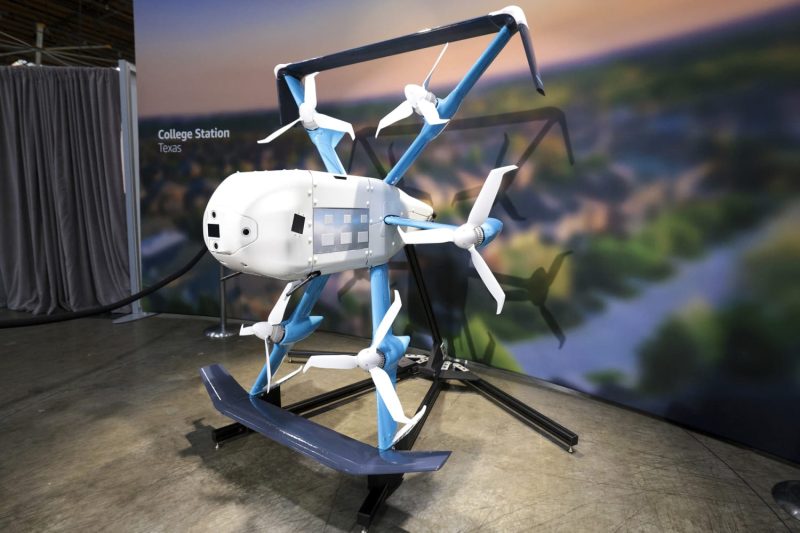Recent news from Amazon’s delivery service could revolutionize the way we receive packages in the near future. After years of anticipation, Amazon has finally received the green light from the Federal Aviation Administration (FAA) to test its delivery drones, paving the way for a potential restructuring of the delivery sector. The company’s Prime Air delivery drone recently passed the rigid standards of the FAA, allowing Amazon to begin testing its unmanned delivery service.
The tests are primarily scheduled to take place in Arizona, providing a range of geographical and environmental conditions to assess the drone’s performance under varying circumstances. Interestingly, this cutting-edge development will put the Southwest state at the epicenter of a technological paradigm shift.
This approval is not issued lightly and is testimony to the robustness and innovation factor involved in Amazon’s Prime Air drone design. The drone, a parcel of Amazon’s innovation-driven vision, is engineered to carry packages weighing up to five pounds. While this might not seem a lot, it covers approximately 80 to 90 percent of the packages Amazon typically delivers, opening the door for a significant fraction of Amazon’s deliveries to be potentially fulfilled by drones.
The drone design is an amalgamation of design features of a typical quadcopter and an airplane. It incorporates a streamlined, aerodynamic body for swift flight, and is capable of vertical take-off and landing, similar to a helicopter. What makes Amazon’s Prime Air drones even more impressive is the artificial intelligence algorithms that back them up. These algorithms include sense-and-avoid technology that gives the drone the ability to autonomously avoid obstacles in flight paths, making it safer for both the drone and those on the ground.
Furthermore, Amazon believes in sustainability and ensures it is woven into their business model. As a result, these drones are electrically powered, implying zero operational emissions, keeping in line with Amazon’s commitment to the climate pledge.
This FAA approval marks a significant leap for Amazon in its drone delivery ambitions. However, there is still a significant road ahead before these drones become part of our daily lives. Amazon will face challenges ranging from ensuring reliable operation in variable weather conditions, to managing safety concerns of the public and regulatory bodies, to developing a reliable system to manage and coordinate drone traffic.
Despite these challenges, one cannot ignore the potential benefits this service offers, such as rapid deliveries and a significant reduction in carbon emissions when compared to conventional delivery vehicles. As the world shifts towards sustainability, Amazon’s Prime Air could prove to be a catalyst in redefining the future of delivery services, starting right from the testing grounds of Arizona.
This approval from the FAA could pave the way for other companies innovating in drone technology to step forth, thereby accelerating the progress in this burgeoning area of technology. With this exciting development, Amazon edges closer to its goal of making drone package delivery a commonplace reality.




